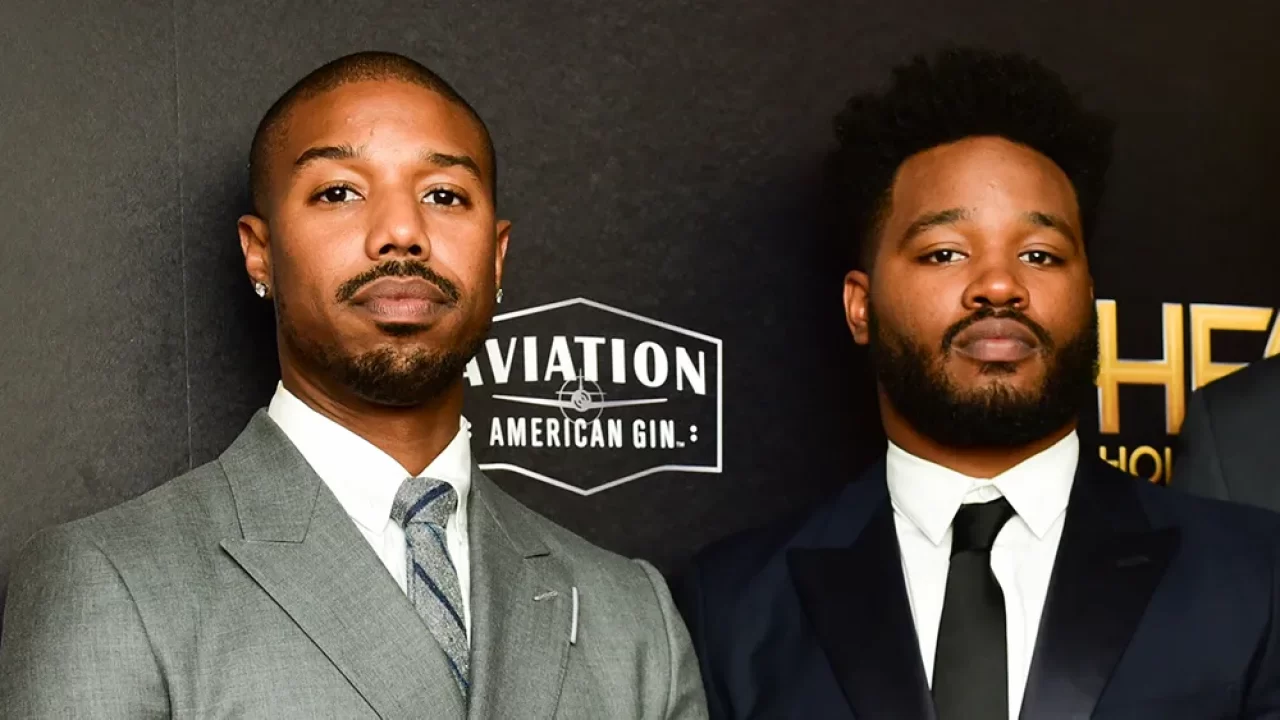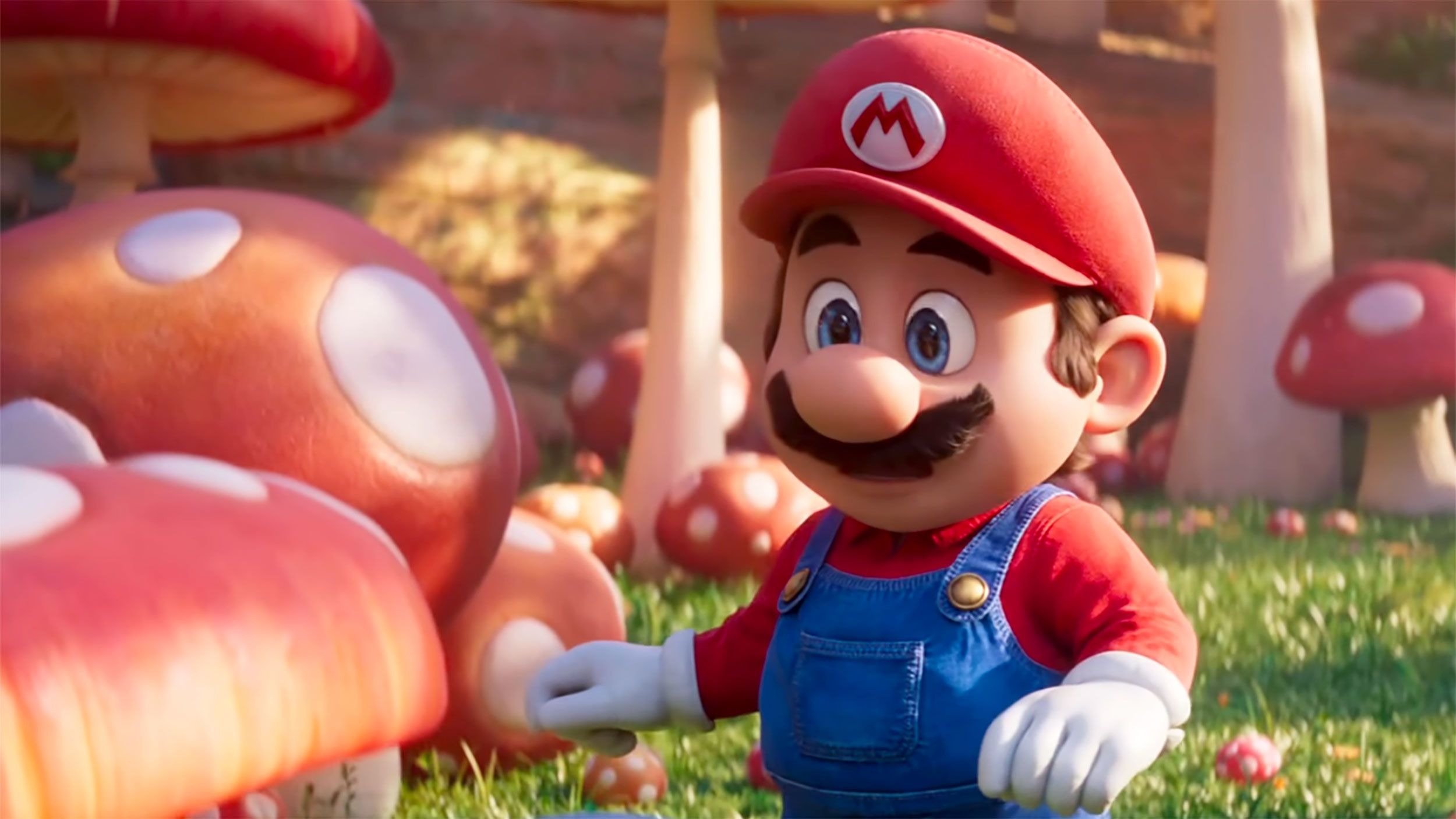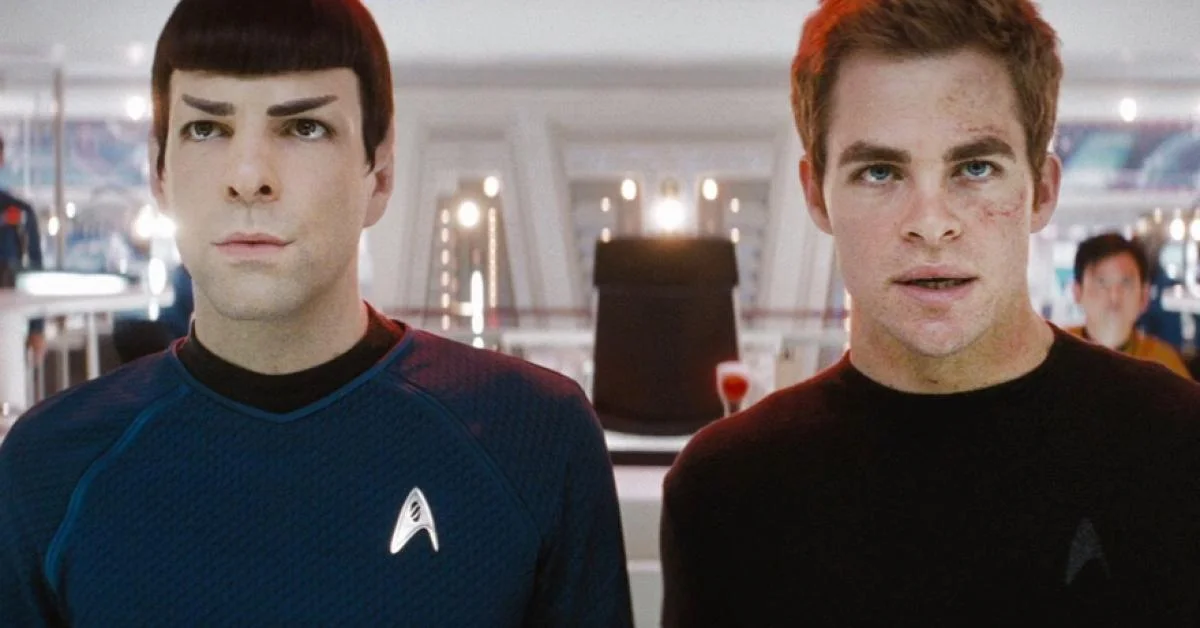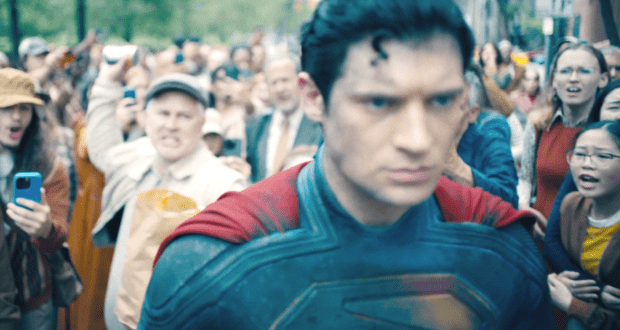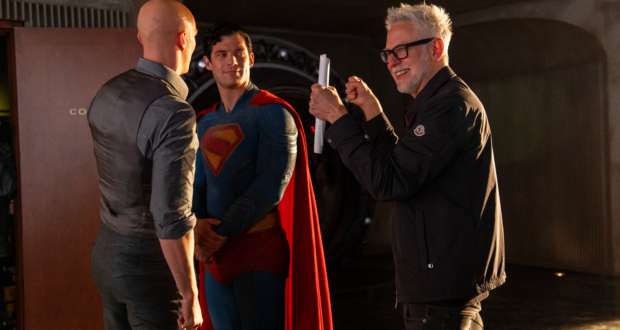The main man of Marvel, Kevin Feige, discusses why they didn’t recast T’Challa for Black Panther: Wakanda Forever. The #RecastTchalla movement has been on the rise for awhile and has been trending on Twitter recently. The movement was originally started by Emmanuel Noisette a Chicago-based film critic. The message for #RecastTchalla is simple and strives for the non-immediate recast of the character so the character and Chadwick Boseman’s legacy can live on.
Kevin Feige recently spoke to Empire and commented on why they didn’t recast T’Challa for Black Panther: Wakanda Forever. Feige claims that it was “too soon to recast” and quotes words by Stan Lee. He also went on to say that the world is still processing the loss of Chadwick Boseman and Ryan Coogler poured that into Black Panther: Wakanda Forever. The death of T’Challa seems to be a driving force of the film as we saw a memorial to the character in the first teaser trailer. You can see the full quote from Feige below.
“It just felt like it was much too soon to recast. Stan Lee always said that Marvel represents the world outside your window. And we had talked about how, as extraordinary and fantastical as our characters and stories are, there’s a relatable and human element to everything we do. The world is still processing the loss of Chad. And Ryan poured that into the story.”
The creator of #RecastT’Challa took to Twitter after hearing of Feige’s comment. Noisette reiterates that the hashtag is not calling for an immediate recasting of the character. He also states that they simply don’t want T’Challla’s portrayal to permanently end. You can see the full tweet below:
Kevin Feige said that it was much too soon to #RecastTChalla. That is precisely why the campaign & petition has specifically said that a recast does NOT have to be immediate. We simply don't want T'Challa's portrayal to permanently end.#SaveTChalla https://t.co/cmfs71qgPB
— Emmanuel (E-Man) Noisette (@EmansReviews) September 26, 2022
Emmanuel Noisette’s point is valid but so is Feige’s. It probably was too soon to recast T’Challa but the hashtag/movement was never calling for an immediate recast. They just don’t want T’Challa out of the MCU. I am 100% on board with recasting T’Challa down the line and for one think that the character should live on. We’ve seen multiple superheroes played by multiple characters so why should Black Panther be any different. Now, I haven’t seen Black Panther: Wakanda Forever, so we don’t know how they exactly are gonna handle T’Challa and Boseman’s passing, but It’s likely going to be a big part of the story. That will probably make recasting him that much harder. We’ll have to wait and see when Black Panther: Wakanda Forever hits theaters on November 11th, 2022.
Source: Empire





